[content_slider]
[content_slide]
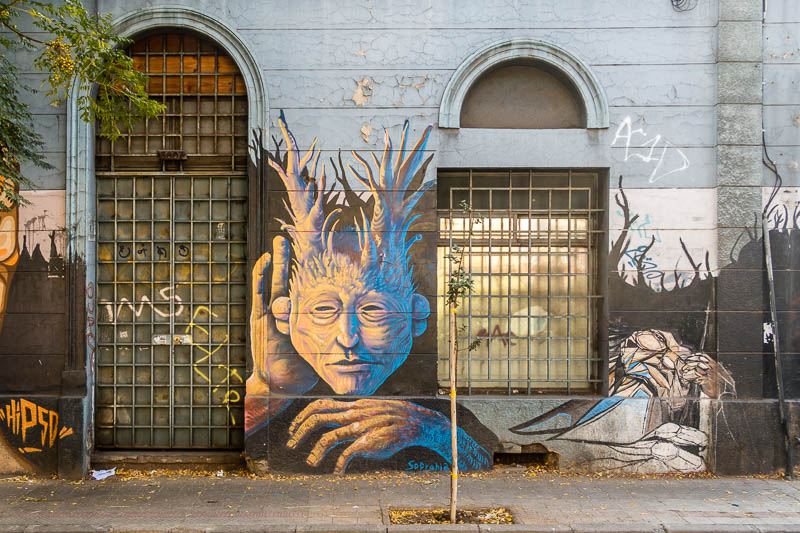
[/content_slide]
[content_slide]

[/content_slide]
[content_slide]
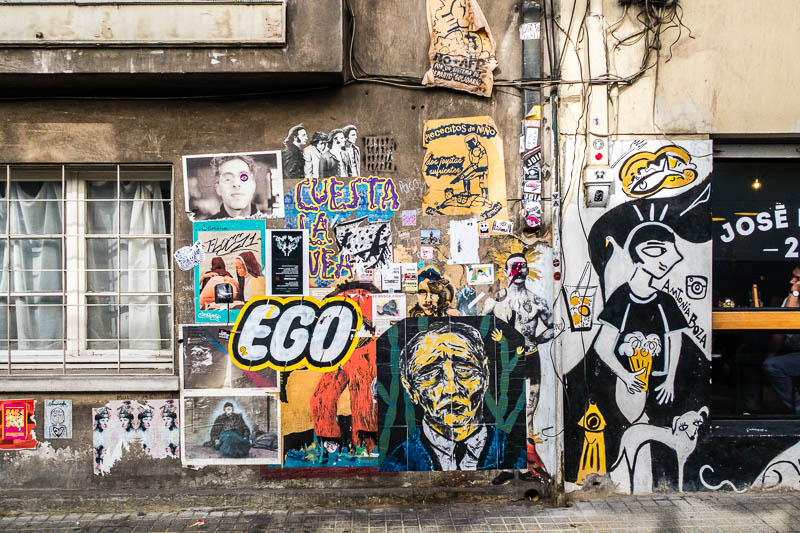
[/content_slide]
[content_slide]
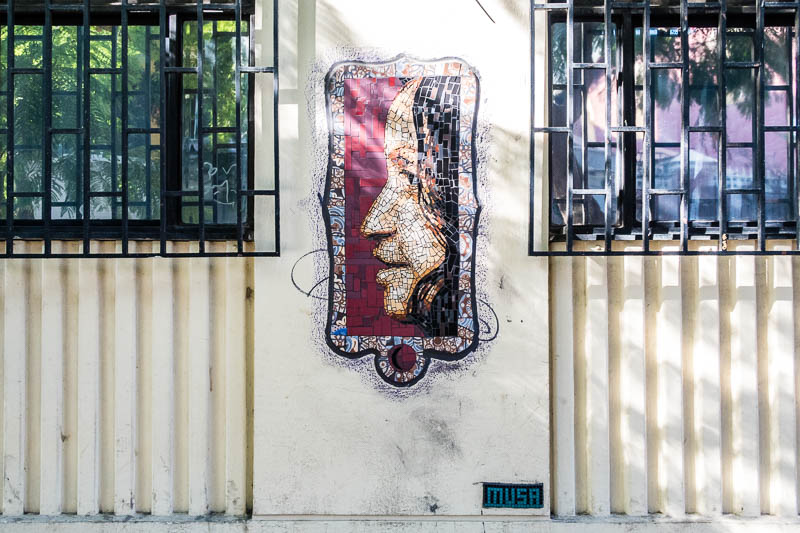
[/content_slide]
[content_slide]
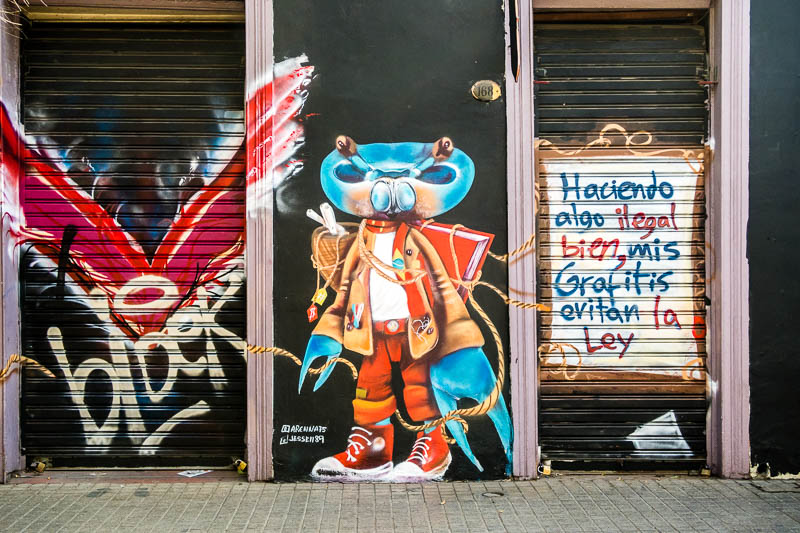
[/content_slide]
[content_slide]

[/content_slide]
[content_slide]
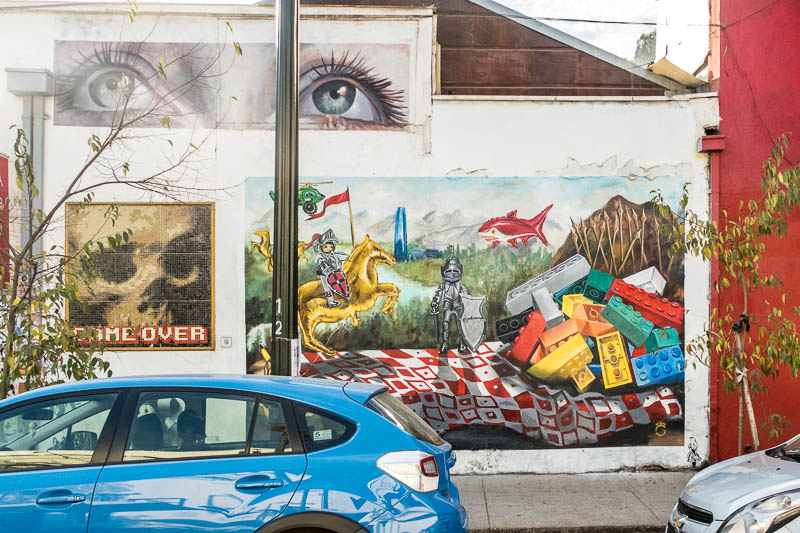
[/content_slide]
[content_slide]
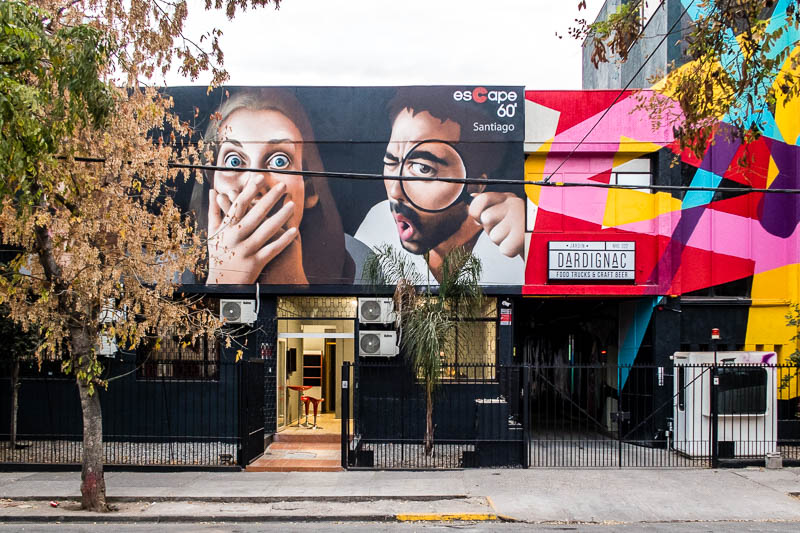
[/content_slide]
[content_slide]
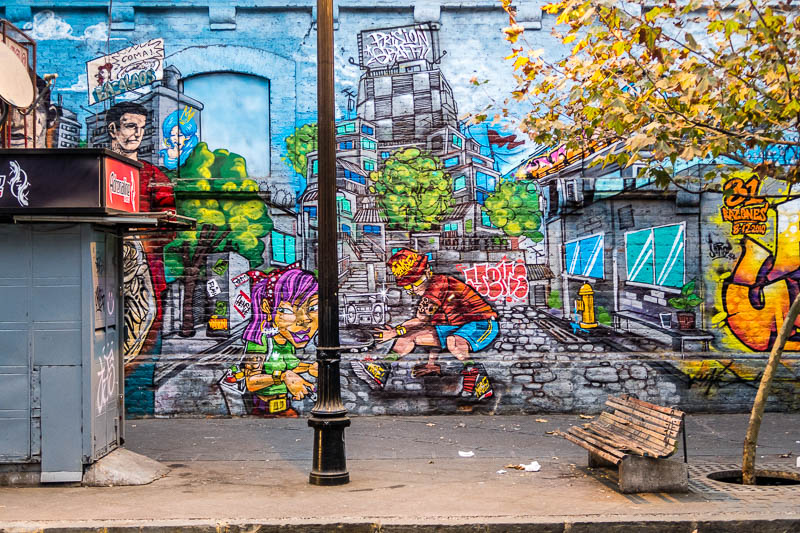
[/content_slide]
[/content_slider]
SANTIAGO | There’s a wealth of street art to be found in Santiago, and two of the best neighbourhoods to find it are Bellavista and Lastarria. Street art in Chile dates back to the late 1960s, when it emerged as a form of protest. Several of the murals from that era made by artist groups such as the Ramona Parra Brigade, who represented the communist party, still exist today and have been restored. During the Pinochet dictatorship, of 1973–1990, this street art was banned, and murals that were created as symbols of resistance and hope.
Post dictatorship, the street art scene in Chile really flourished and the street art you’ll find around Santiago today covers an assortment of themes like culture, workers’ and indigenous rights, and the campaign for education reform.
In Bellavista, Calle Loreto, Dardignac. Antonia López de Bello. Bombero Núñez. and Santa Filomena are are five notable streets for street art. Much of it is commissioned by shop owners, who pay local artists to brighten up their storefronts in the hope of attracting customers. In nearby Lastarria street art can be found dotted all over the place, and follows similar themes to that in Bellavista.
Another neighbourhood worth visiting for street art in Santiago, which I unfortunately didn’t have time to explore, is San Miguel. It’s home to an open-air museum, Museo a Cielo Abierto, that was sponsored by the Chilean government in 2010. It was designed to make the poor neighbourhood’s older, deteriorating more aesthetically pleasing. The project was undertaken with full consultation with local residents, and resulted in 40 huge murals with a real link to the community being created across the neighbourhood.

